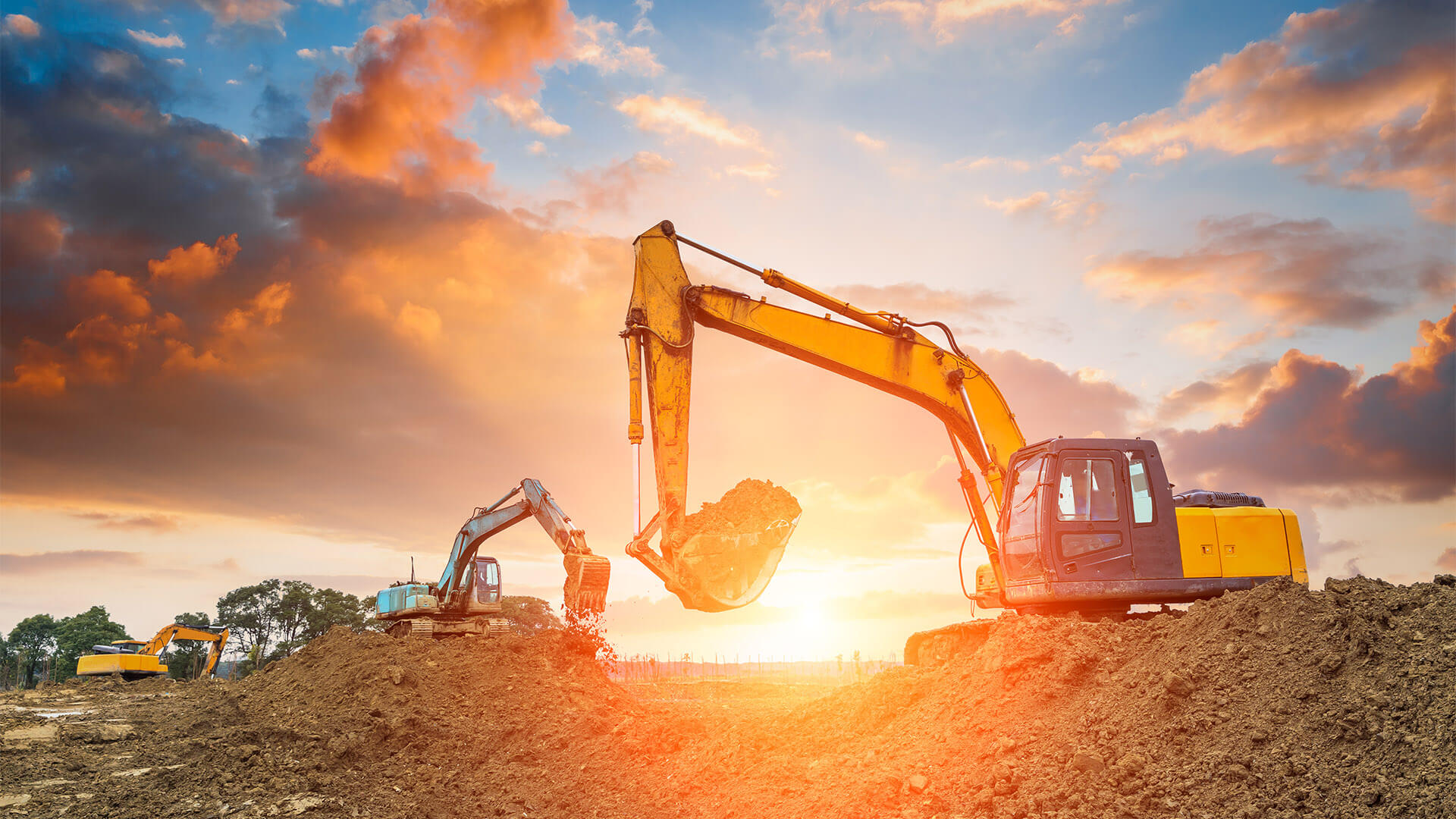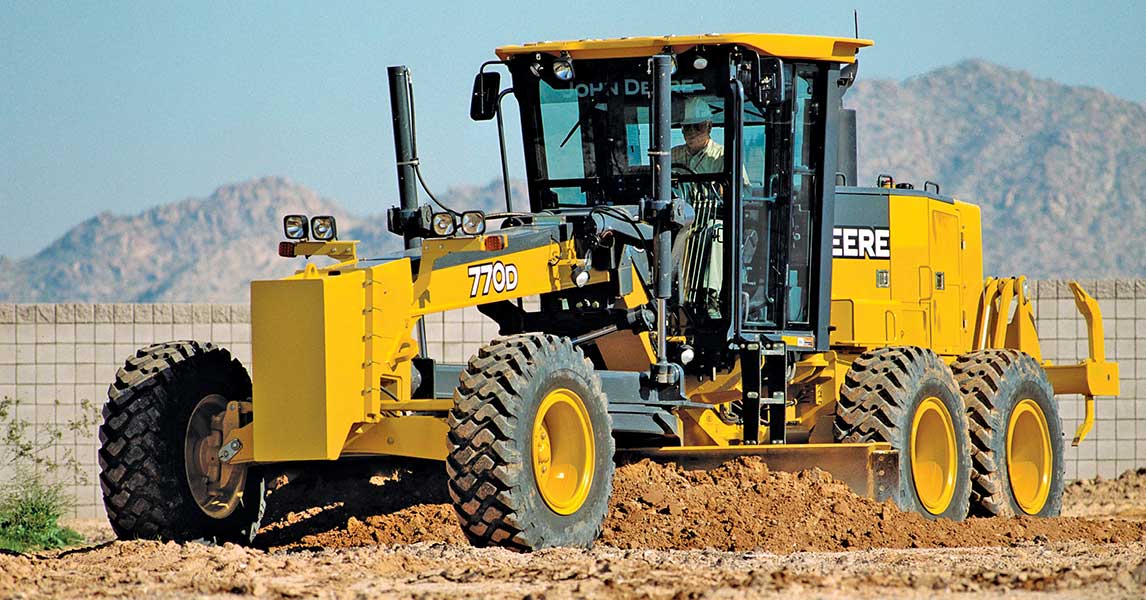Mini Excavator Rental: Compact and Powerful Machinery
Mini Excavator Rental: Compact and Powerful Machinery
Blog Article
Renting Vs. Purchasing Construction Tools: Making the Right Selection for Your Job
When starting a building project, one of the essential choices that predict stakeholders and supervisors deal with is whether to get or lease construction equipment. Both alternatives have their disadvantages and advantages, making the option a crucial one in the job planning procedure. The choice rests on various factors such as cost factors to consider, project period, devices maintenance, flexibility, risk, and scalability management. Each component plays a vital function in establishing one of the most ideal path for the job's equipment needs. mini excavator rental. Let's explore these factors better to comprehend exactly how they impact the decision-making process and ultimately the success of the project.
Expense Considerations
Leasing tools commonly calls for reduced first payments contrasted to acquiring, making it an eye-catching alternative for temporary tasks or professionals with budget constraints. In the lengthy run, continually leasing equipment can build up greater expenses than buying, especially for extended projects.
On the other hand, purchasing building tools involves greater ahead of time expenses but can result in lasting cost savings, specifically for lasting tasks or regular users. Eventually, the decision in between renting and acquiring building and construction equipment pivots on the job's period, frequency of usage, spending plan considerations, and long-term economic goals.
Task Duration

Alternatively, for lasting jobs or continuous construction job, acquiring equipment might be the more affordable alternative. Purchasing tools can bring about cost financial savings over time, specifically if the equipment will certainly be often made use of. In addition, having equipment offers a feeling of control over its schedule and permits modification to fit certain task demands.

Equipment Upkeep
Provided the vital duty task period plays in figuring out the most cost-efficient approach between buying and renting building and construction devices, the emphasis now changes in the direction of examining the necessary element of tools upkeep. On the other hand, having tools calls for a positive method to maintenance to stop malfunctions, ensure safety, and extend the devices's life-span. Ultimately, a properly maintained building equipment fleet, whether rented out or owned, is important for the effective and reliable completion of building and construction projects.
Versatility and Scalability
In the world of building devices administration, the aspect of flexibility and scalability holds significant value for task performance and source usage. Deciding to lease building and construction devices supplies a high level of versatility as it enables the quick adjustment of equipment types and quantities based upon the advancing needs of a project. Leasing makes it possible for contractors to access a More hints variety of specific equipment that might be required for certain jobs without the long-lasting dedication of ownership. This adaptability is particularly advantageous for projects with varying needs or unclear durations (equipment rental company).
In addition, scalability, an additional essential aspect, is inherently connected to adaptability. Renting out building tools supplies the benefit of conveniently scaling procedures up or down as project needs fluctuate. Specialists can swiftly trade or include devices to match the project's altering needs without the restraints of possessing assets that might end up being underutilized or obsolete. This ability to range sources efficiently can result in cost savings and improved job timelines, making renting a desirable alternative for tasks calling for adaptability and responsive source allocation.
Risk Monitoring
Effective risk monitoring in building equipment procedures is paramount to guaranteeing job success and mitigating prospective economic losses. Construction jobs naturally entail different dangers, such as devices breakdowns, crashes, and job delays, which can significantly influence the project timeline visit site and budget plan. By thoroughly thinking about the risks linked with owning or renting building equipment, project supervisors can make informed decisions to minimize these possible hazards.
Renting building and construction equipment can provide a level of risk reduction by moving the duty of upkeep and repairs to the rental business. This can reduce the monetary worry on the job owner in case of unanticipated tools failings (scissor lift rental). In addition, leasing provides the versatility to access customized devices for details task phases, reducing the risk of possessing underutilized machinery
On the other hand, having building tools supplies a sense of control over its usage and upkeep. However, this also means birthing the full duty for repair services, maintenance prices, and depreciation, enhancing the economic dangers connected with equipment possession. Mindful risk analysis and consideration of factors such as project period, devices usage, and upkeep requirements are important in figuring out the most appropriate alternative for reliable risk management in building and construction tasks.
Final Thought
To conclude, when deciding between renting out and acquiring building and construction equipment, it is essential to consider price, job period, tools upkeep, scalability, flexibility, and risk management. Each aspect plays a crucial duty in figuring out one of the most ideal option for the task available. By thoroughly evaluating these aspects, job managers can make an enlightened choice that lines up with their spending plan, timeline, and overall project goals.

Report this page